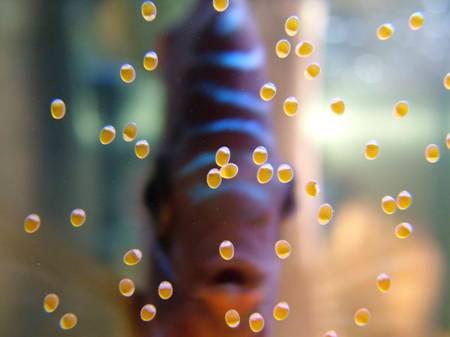Basic Tips to CO2 Injection in Planted Aquarium Tanks

Planted tanks need a steady supply of carbon dioxide. The compound is an essential component in the process of photosynthesis, a process where plants capture energy from the sun, and use carbon dioxide and water to produce glucose, and releasing oxygen.
Under low light conditions, the carbon dioxide present in your aquarium is sufficient for the growing plants inside the tank, however, if you add more amount of lighting, the plants will need more carbon dioxide. Injecting CO2 will guarantee there is more than enough available carbon dioxide within the tank water to enable plants to continue undergoing optimum photosynthesis.
Sufficient levels of CO2 in the tank results in healthier plant growth, coupled with a reduction in algal growth.
Here are some tips when using CO2 injection in your tank:
• A "do it yourself" (DIY) CO2 injection setup is cheaper yet far more labor intensive.
• DIY - As a rule of thumb, allocate one yeast generator for 10-15 gallons tank water.
• DIY-Having 2 vessels that will act as generators will allow you to stagger mixture changes and keep the CO2 concentration at a consistent rate.
• Pressurized Method - The pressurized method is generally ideal for larger tanks. Although it is quite expensive, it entails lesser amount of work.
• Use vegetable oil or mineral oil in the bubble counter since water will evaporate.
•When transporting a CO2 canister and while running the system, be sure to keep the cylinder upright.
•CO2 injection can lower your tank pH since it causes the formation of carbonic acid. Use a pH controller to help inject C02 precisely while keeping your tank's pH stable.
• When using a ceramic or glass diffuser, always remember that the smaller the bubbles, the more surface area of water gets in contact with the CO2 molecules, resulting in more CO2 dissolved in the water. Over time, CO2 diffusers tend to clog up and will need regular maintenance to make small bubbles of equal sizes.
• Using inline CO2 reactors slows down the speed of water; a range of materials can be added to the cylinder to increase turbulence and the dissolution of CO2 into the tank water.
• Drop checkers that are small and medium-sized are considered by aquarists as one of the most efficient ways to determine the level of CO2 in the aquarium.
• Don't turn off the CO2 at night when you are using a manual system of injecting CO2 into the tank. When you do, the CO2 in water will return to equilibrium levels by morning since a considerable amount of CO2 is lost to atmospheric diffusion. There are two possible consequences to turning off the CO2 at night-there will be greater pH swings between night and day which can stress your fish; and, it will take a longer time to get the carbon dioxide in the tank back to optimum levels.
• A lot of surface turbulence should be avoided in an aquarium with CO2 injection, since it can greatly increase the rate at which CO2 diffuses into the atmosphere.
• A canister filter with a spray bar should be moved under water and pointed towards the bottom to avoid a lot of turbulence.
About the Author:
Peter Hartono is the founder and CEO of Just Aquatic - a proud Australian company that offers homegrown aquatic plants and aquarium supplies carrying top of the line brands including API, biOrb and Exo Terra. To find out more of our exciting offers and promotions check out our Facebook Page and follow us on Twitter at @justaquatic.
